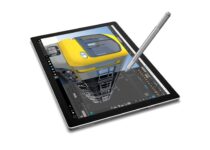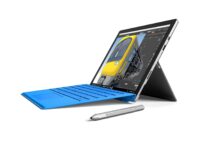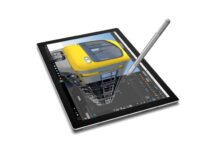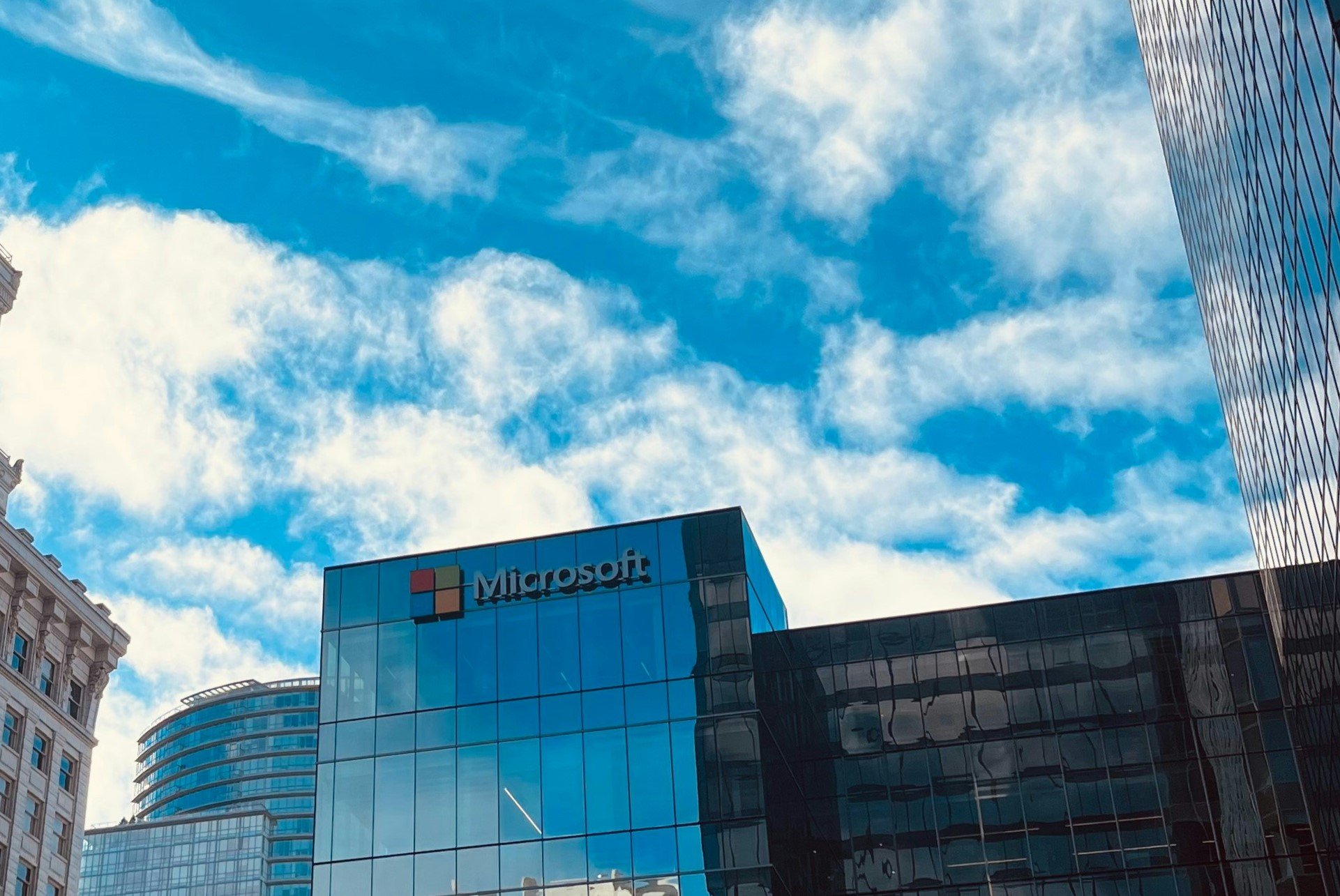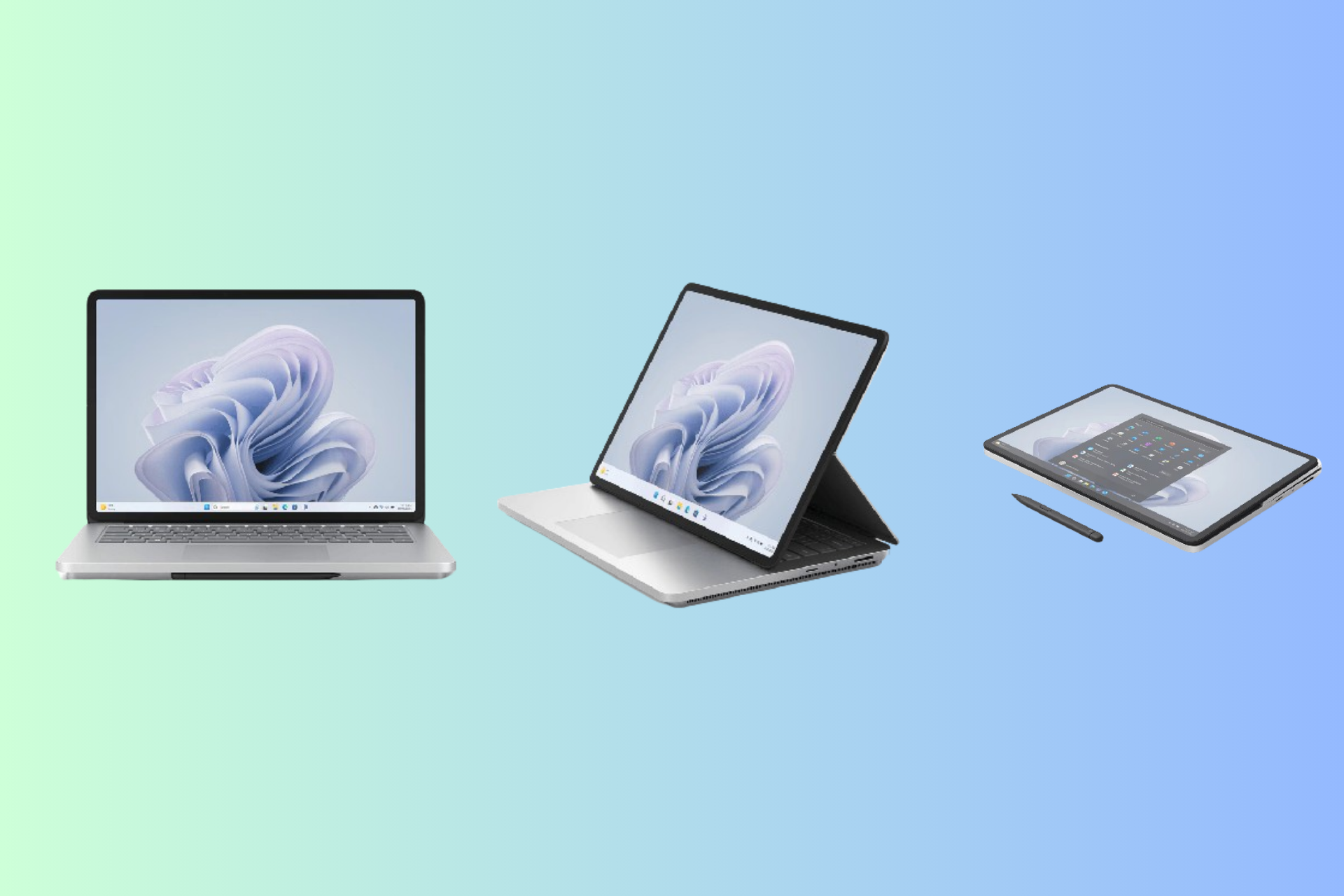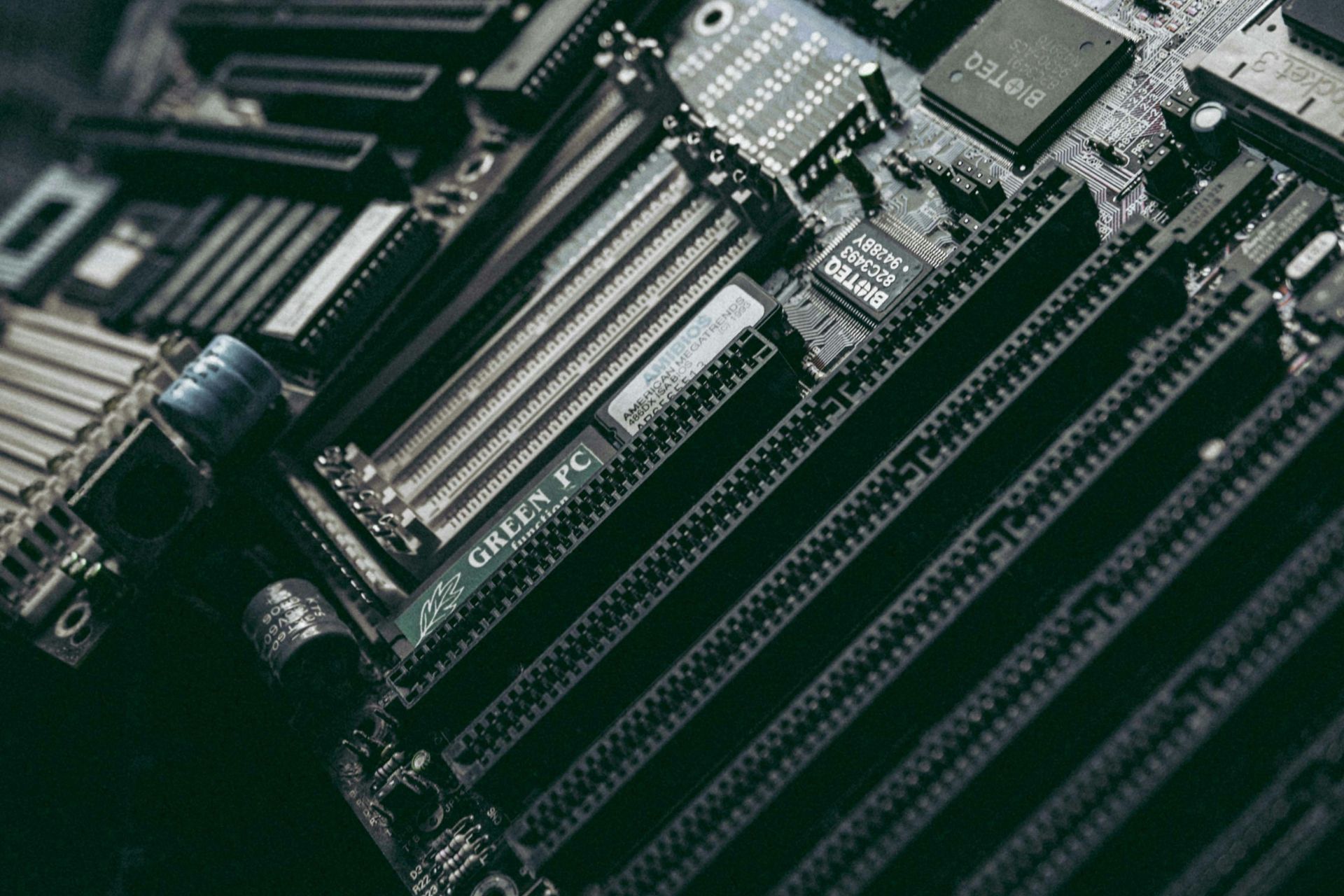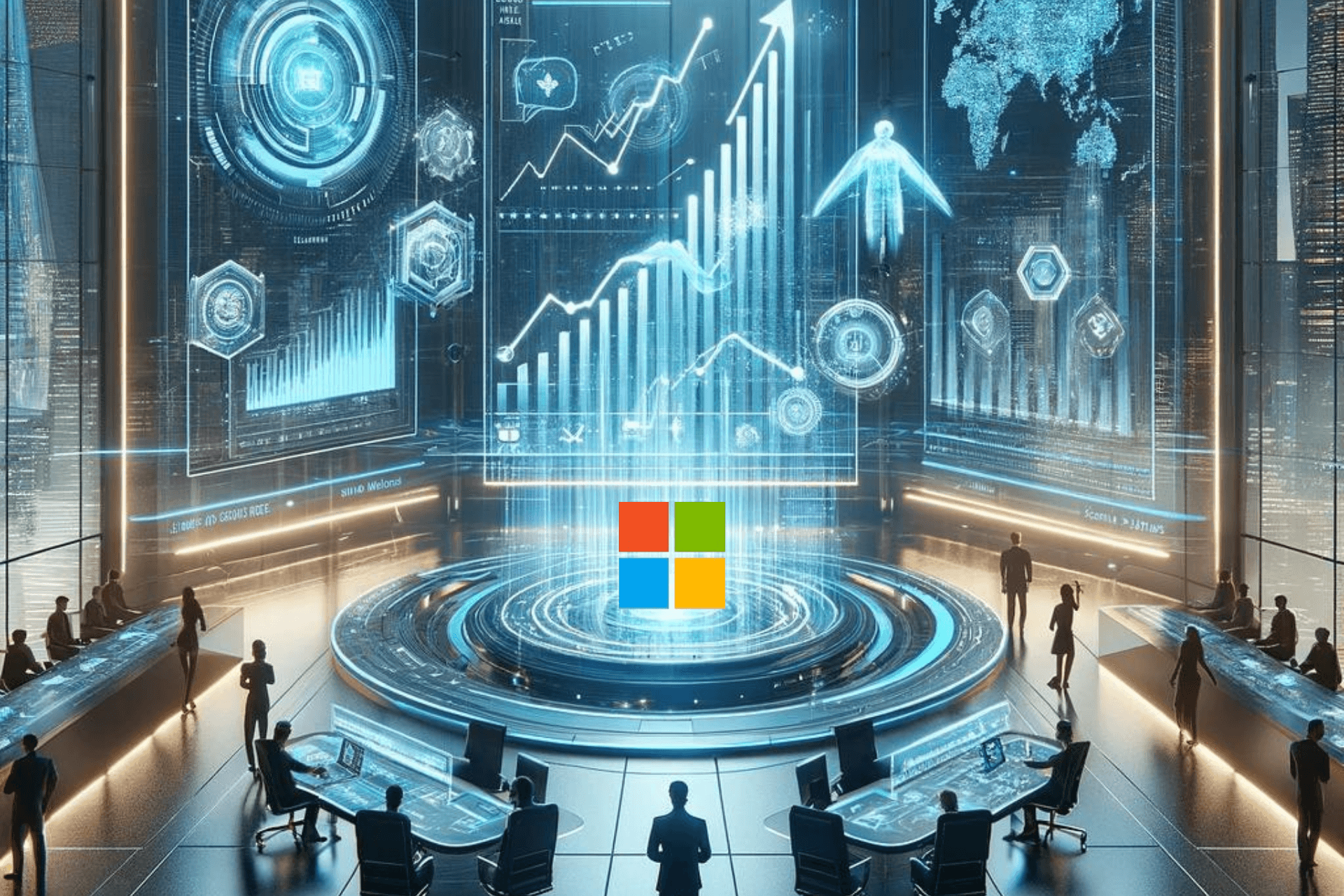Check out These Best Surface Pro 4 Deals [Cyber Monday]
You can't miss out on these sweet Surface Pro deals
4 min. read
Updated on
Read our disclosure page to find out how can you help Windows Report sustain the editorial team Read more
Key notes
- Microsoft Surface Pro 4 with 256 GB, 8 GB RAM, and Intel Core i5 is a great device if you want quality, lightness, efficiency, and professionalism.
- Alternatively, Microsoft Surface Pro 4 SU3-00001 12.3-Inch Laptop is very light, has a beautiful and clear screen, and looks very stylish.
- Check out our list for more Cyber Monday deals that you need to take into consideration.
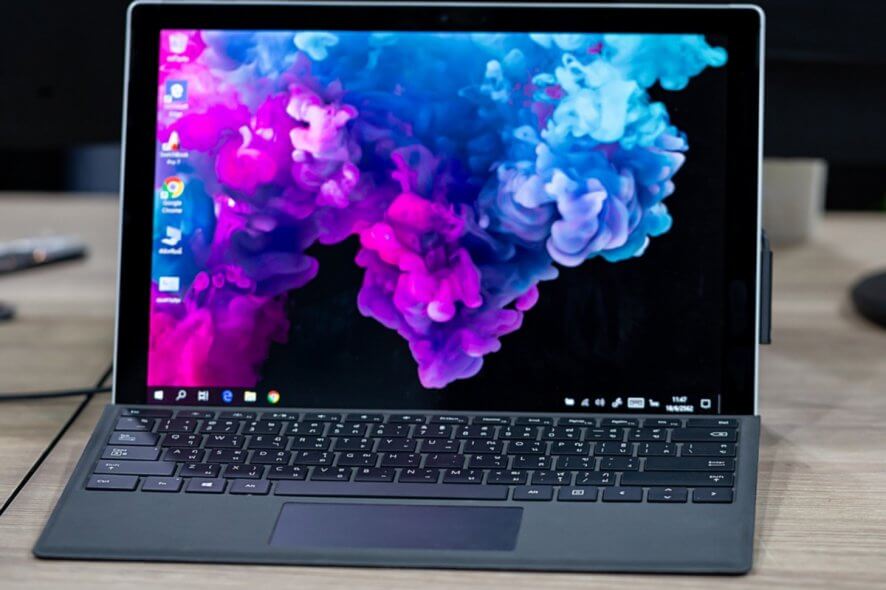
Microsoft launched the Surface Pro 5 three years ago. Meanwhile, the company launched the Surface Pro 6, a powerful 2-in-1 device that’s ultra-light, versatile, and suitable for intense multitasking.
Surface Pro 7 is the newest addition to the Surface family line.
The Windows Store is not the only place where you can purchase a Surface Pro 4 device from. For example, the Surface Pro 4 bundle, 128GB SSD, 4GB RAM, Intel Core m3, Alcantara Signature Type Cover, can also be found on BestBuy.
If you’re still not convinced you should purchase a Surface Pro 4 device, check out this review:
I bought the core i5 128gb 4gb RAM model and its performance is great! I am able to have lots of windows open at once and practically no buffering. Also it has very little fan noise. I got the signature type cover and it feels great. There is just a joy in typing with it and the trackpad is awesome. The pen feels great and writes very well. I can play games and Cortana is awesome. Battery Life is alright and brightness is good. Don’t worry about tripping over the charging wire, it’ll come right out.
What are the best Surface Pro 4 deals to get?
- Very easy to carry around
- Switch from tablet to laptop
- Bluetooth Wireless 4.1 technology
- 256 GB, 8 GB RAM, Intel Core i5
- Customer service could be better
Microsoft Surface Pro 4 with 256 GB, 8 GB RAM, Intel Core i5 is a great device if you are looking for quality, lightness, efficiency, and professionalism.
You will be able to switch from tablet mode to laptop in just a few seconds and you’ll have your notebook and textbook with you at any time.
The 7-9 hours of battery is more than a decent time to help you carry on with your work even on a busy day. Although gaming is not its main selling point, you can play some games and enjoy its features.
Microsoft Surface Pro 4 SU3-00001
- High color contrast through
- Multi-position Kickstand and improved keyboard
- Light and easy to carry around
- The surface pen and keyboard sold separately
Microsoft Surface Pro 4 SU3-00001 12.3-Inch Laptop is very lightweight, the screen is beautiful and clear, with a very distinguished design.
Can be used easily as a tablet or laptop and if you are looking for a small device, where you can put in all your notes, then this would be the perfect choice for you.
The quality of the laptop has been praised by all users while the exceptional customer service will ensure all your technical issues will get solved in a professional manner, as soon as possible.
- 256 GB, 16 GB RAM, Intel Core i7e
- Lightweight, easy to carry
- Great design
- Customer service could be better
This Microsoft Surface Pro 4 comes with 256 GB, 16 GB RAM, Intel Core i7e, and just as the other options we discussed above, is a great choice for work, school, or any other activity where it will take the place of your notebook.
Easy to carry around and with a great design, you will feel that this is the best choice for a laptop that you could have made.
It’s reliable and you can always count on getting any technical issue solved in no time through their support service.

